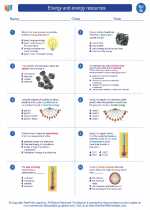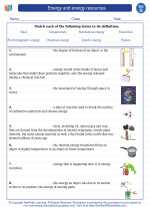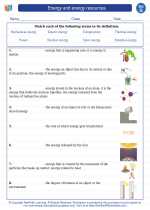Circuit - Explanation
A circuit is a closed path through which electric current flows. It consists of various components such as power sources, wires, resistors, capacitors, inductors, and other electrical devices. Circuits can be found in all electrical devices, from simple light bulbs to complex electronic devices.
Types of Circuits
There are two main types of circuits: series circuits and parallel circuits.
- Series Circuit: In a series circuit, the components are connected end-to-end, forming a single path for current flow. If one component fails, the entire circuit is broken.
- Parallel Circuit: In a parallel circuit, the components are connected across multiple paths, allowing current to flow through different branches. If one component fails, the rest of the circuit remains functional.
Components of a Circuit
Some common components found in circuits include:
- Power Source: Provides the electrical energy for the circuit, such as batteries or power supplies.
- Wires: Conductors that carry the electric current throughout the circuit.
- Resistors: Components that limit the flow of current in a circuit.
- Capacitors: Devices that store and release electrical energy in a circuit.
- Inductors: Components that store energy in a magnetic field when current flows through them.
- Switches: Devices that can open or close a circuit, controlling the flow of current.
Understanding Circuit Diagrams
Circuit diagrams use symbols to represent the components and connections in a circuit. Understanding these symbols is essential for interpreting and designing circuits.
Circuit - Study Guide
- Define a circuit and explain its significance in electrical devices.
- Compare and contrast series and parallel circuits, providing examples of each.
- List and describe the common components found in circuits, including their functions.
- Explain the purpose of circuit diagrams and identify commonly used symbols in circuit diagrams.
- Design and draw a simple circuit diagram containing a power source, a resistor, and a switch.
- Analyze the impact of adding or removing components in a series or parallel circuit on the overall circuit behavior.
- Discuss the importance of circuit protection devices such as fuses and circuit breakers.
- Research and present a real-life application of a complex circuit, detailing its function and components.






